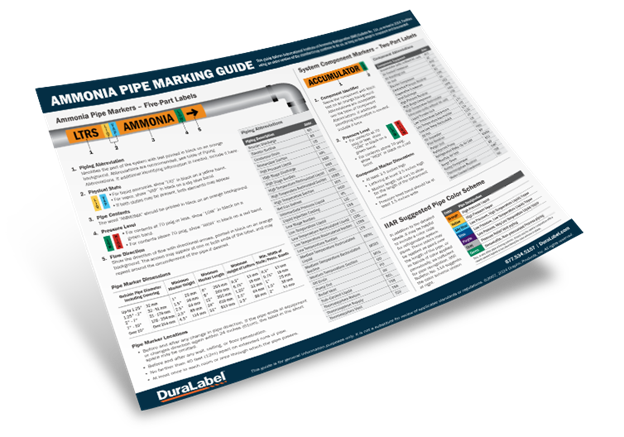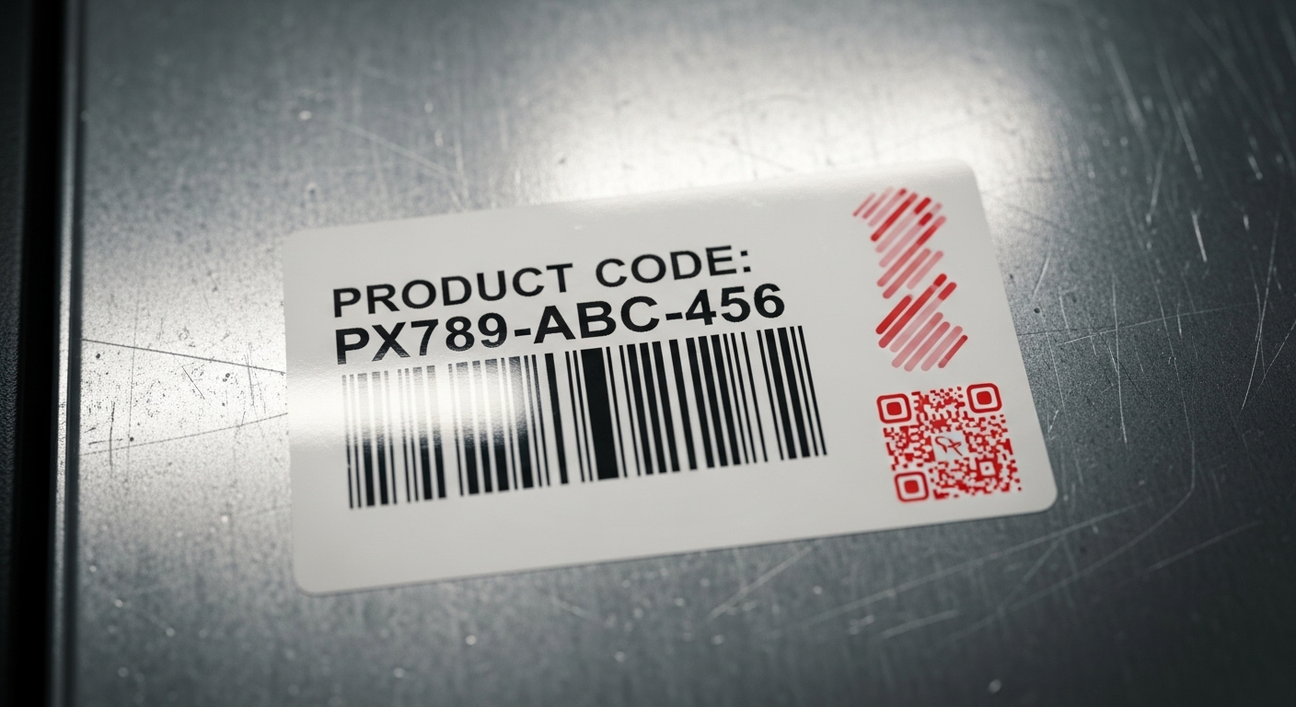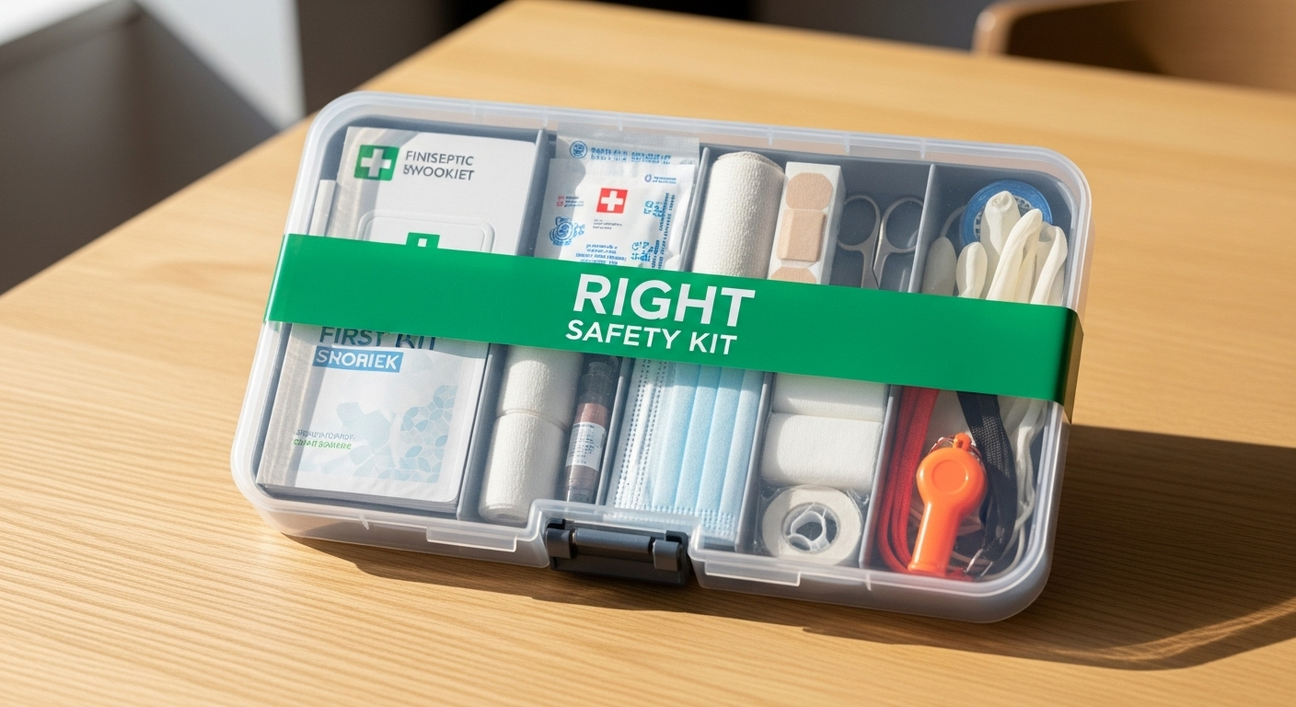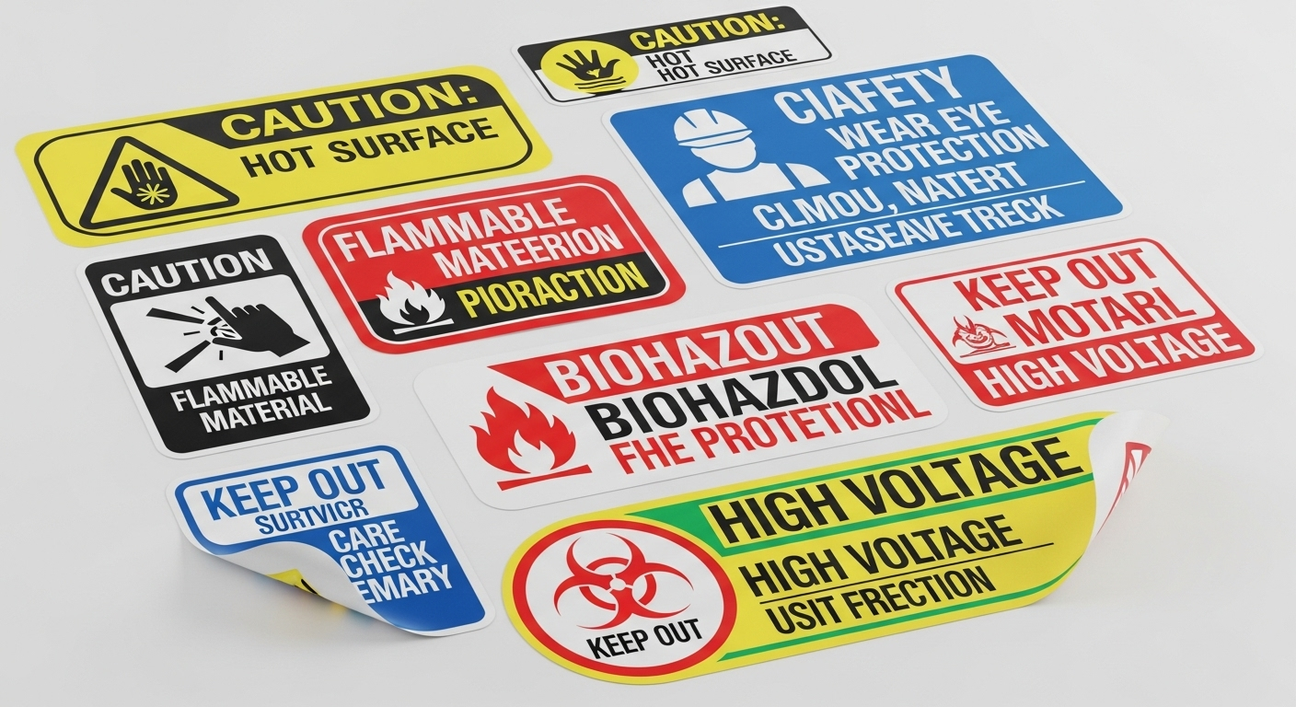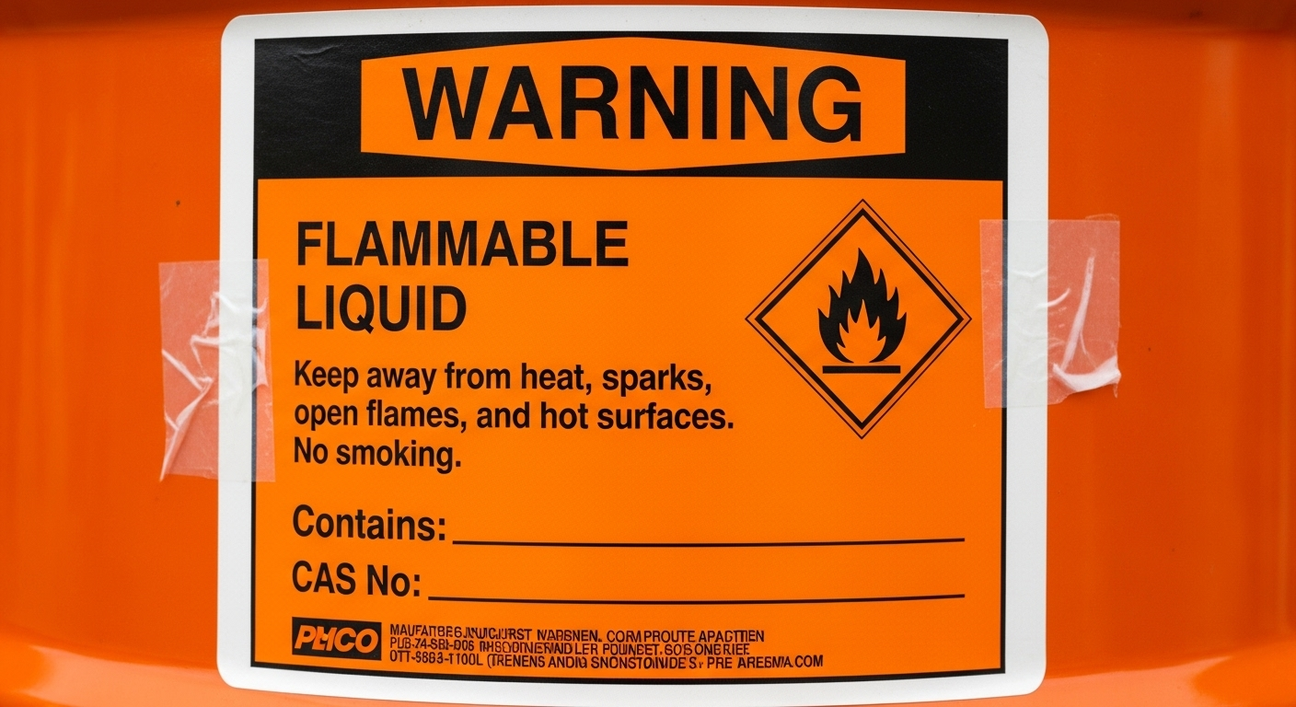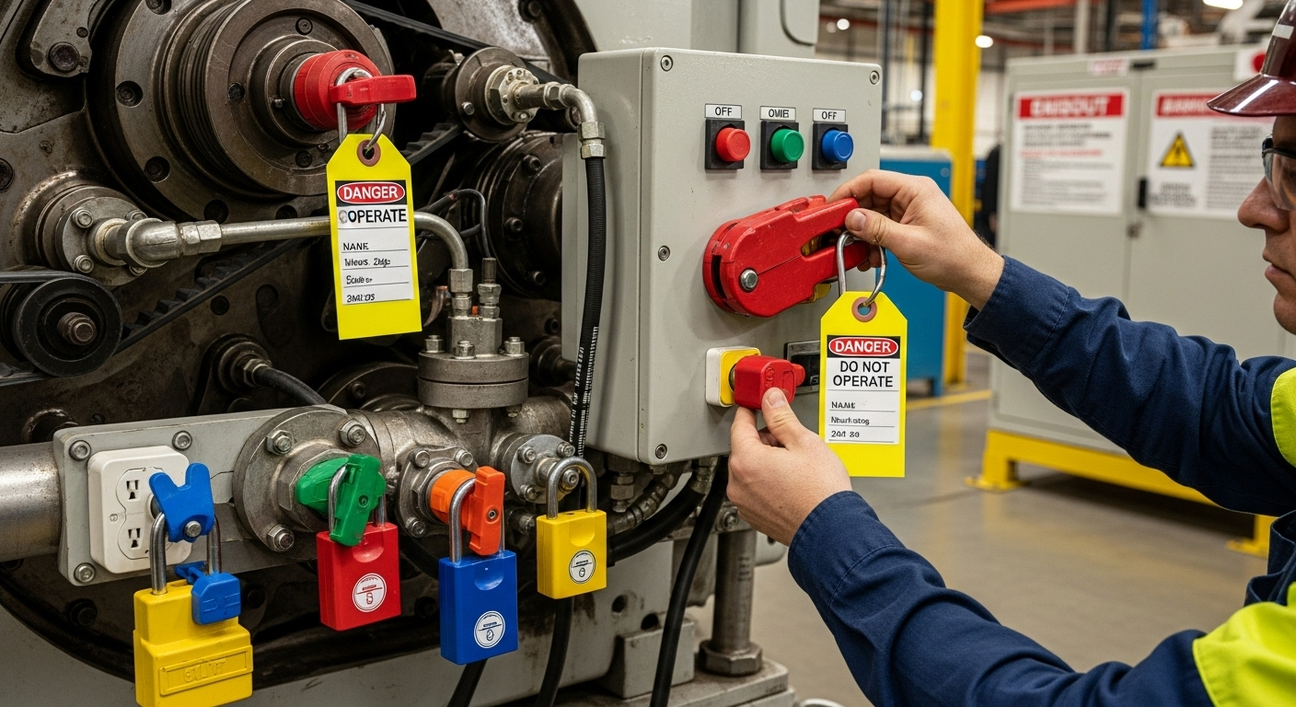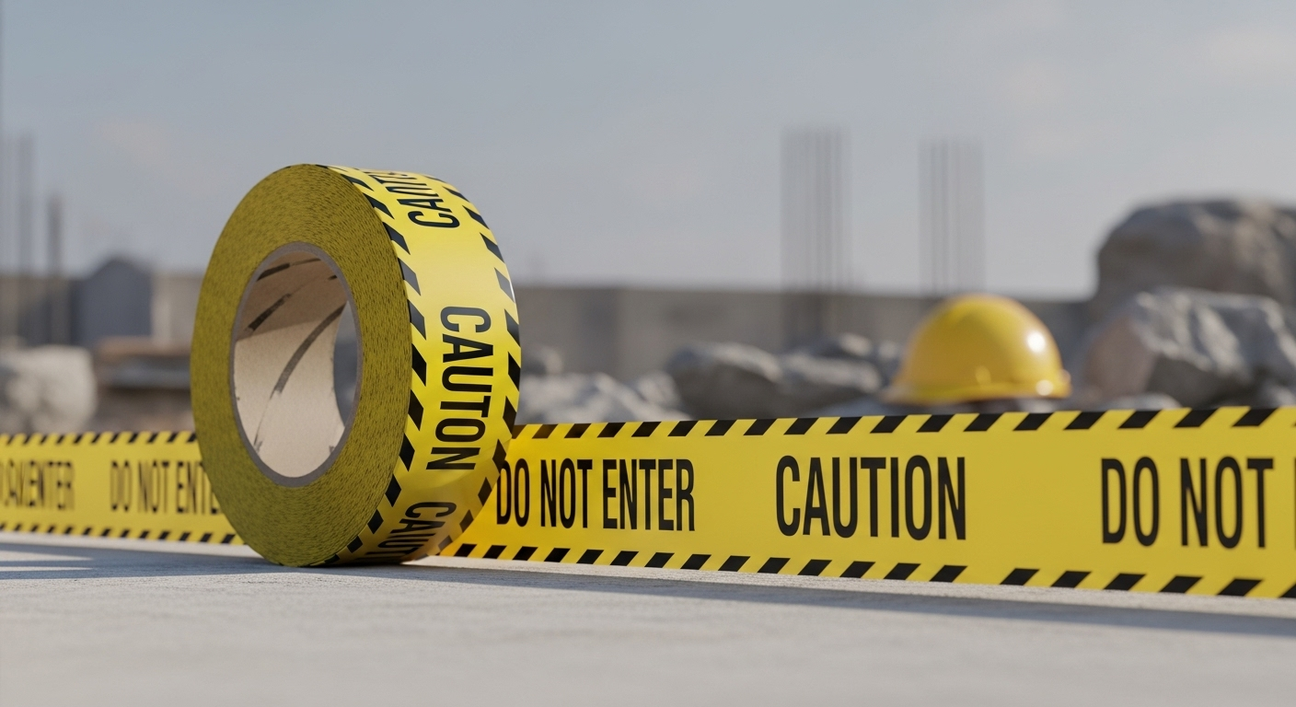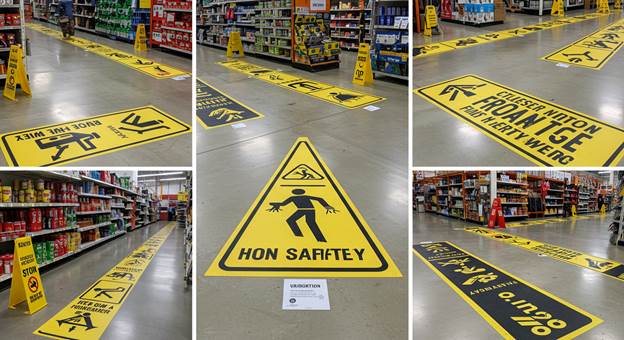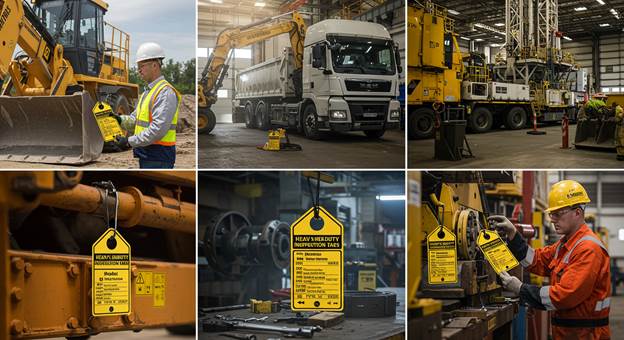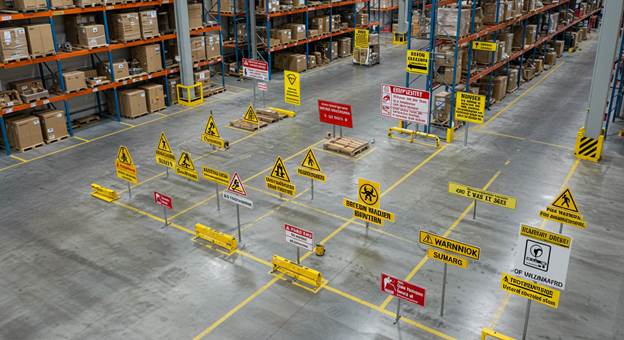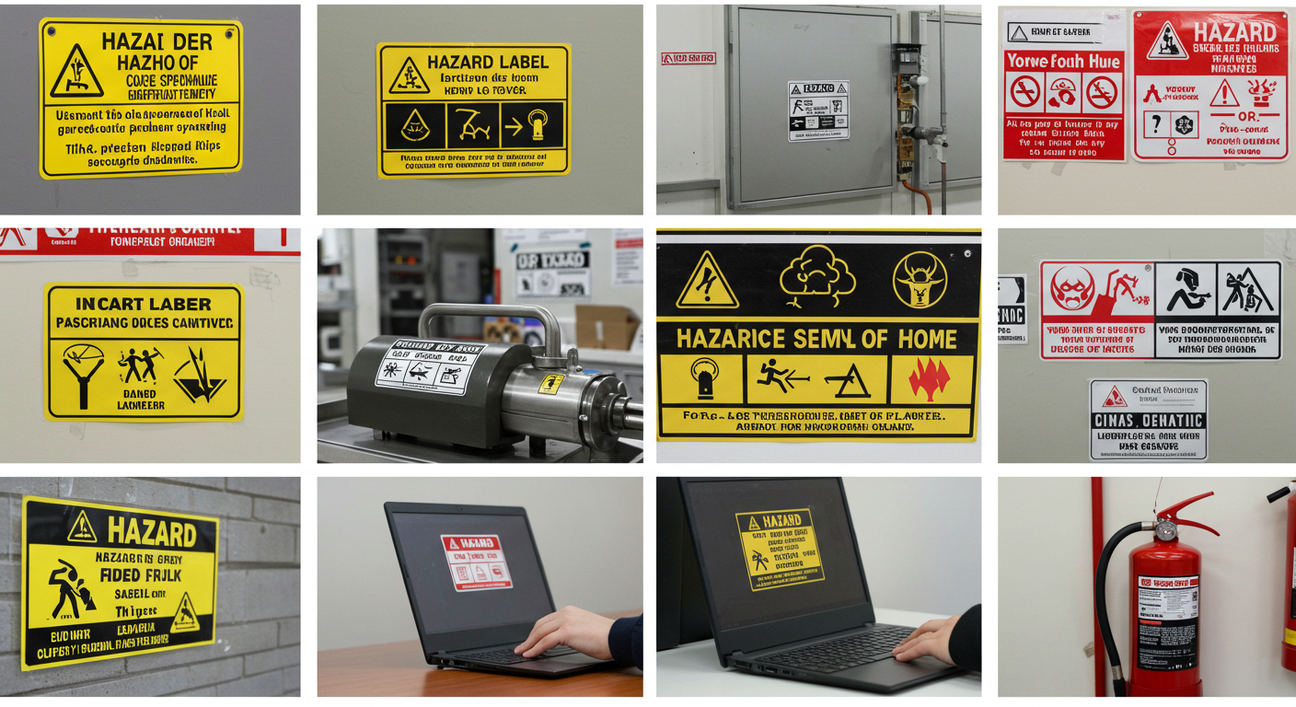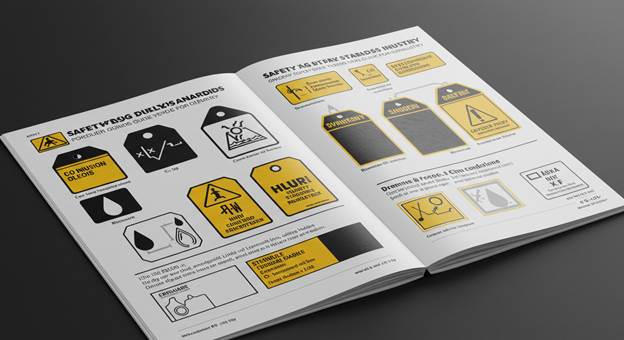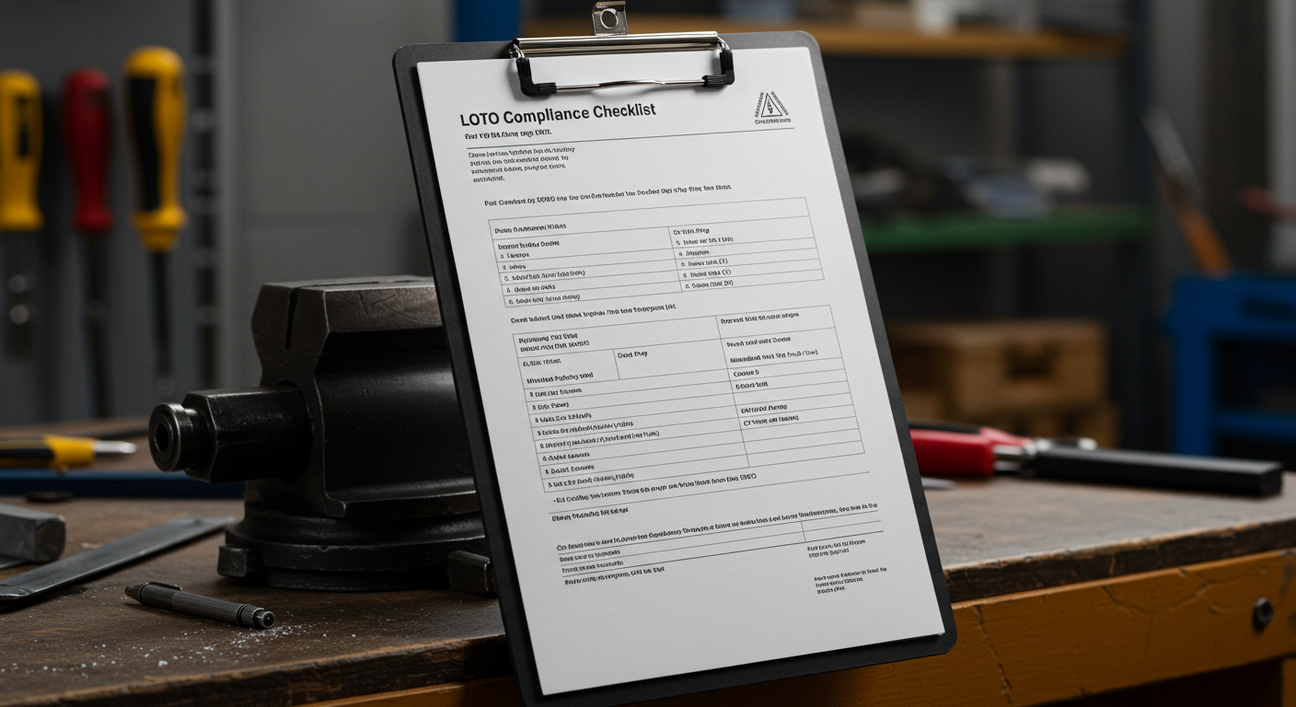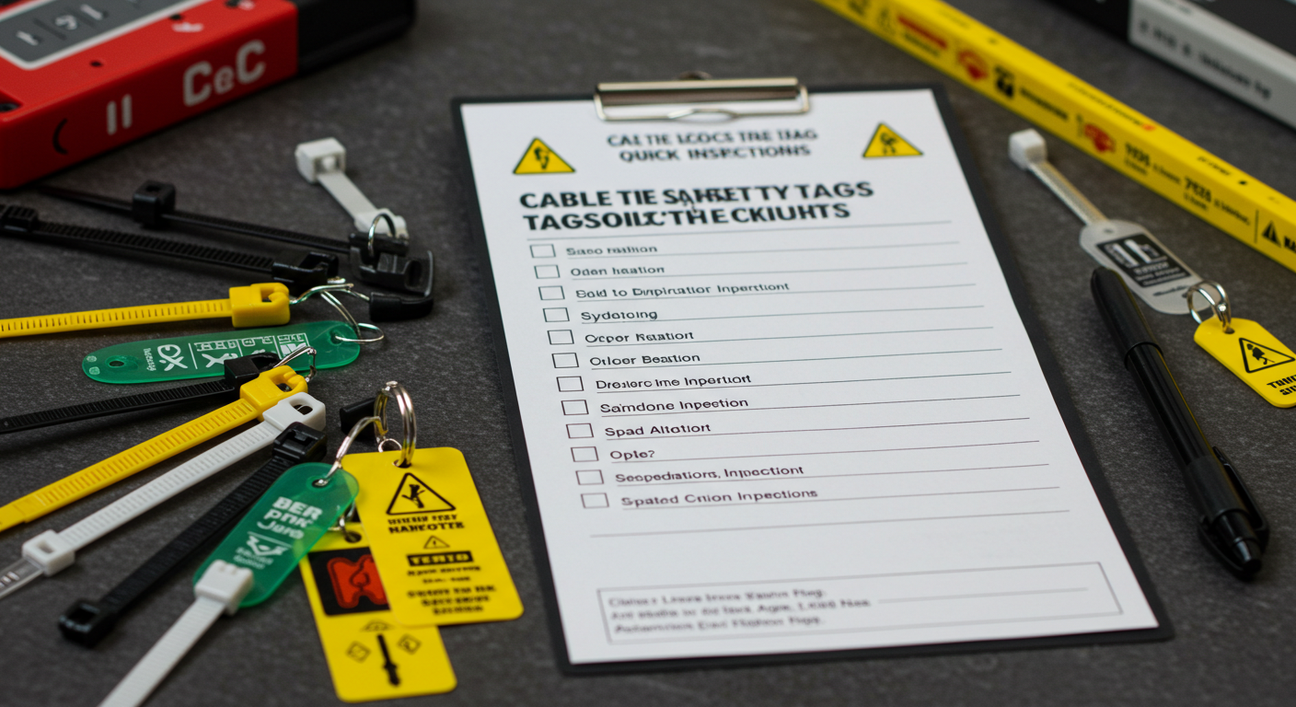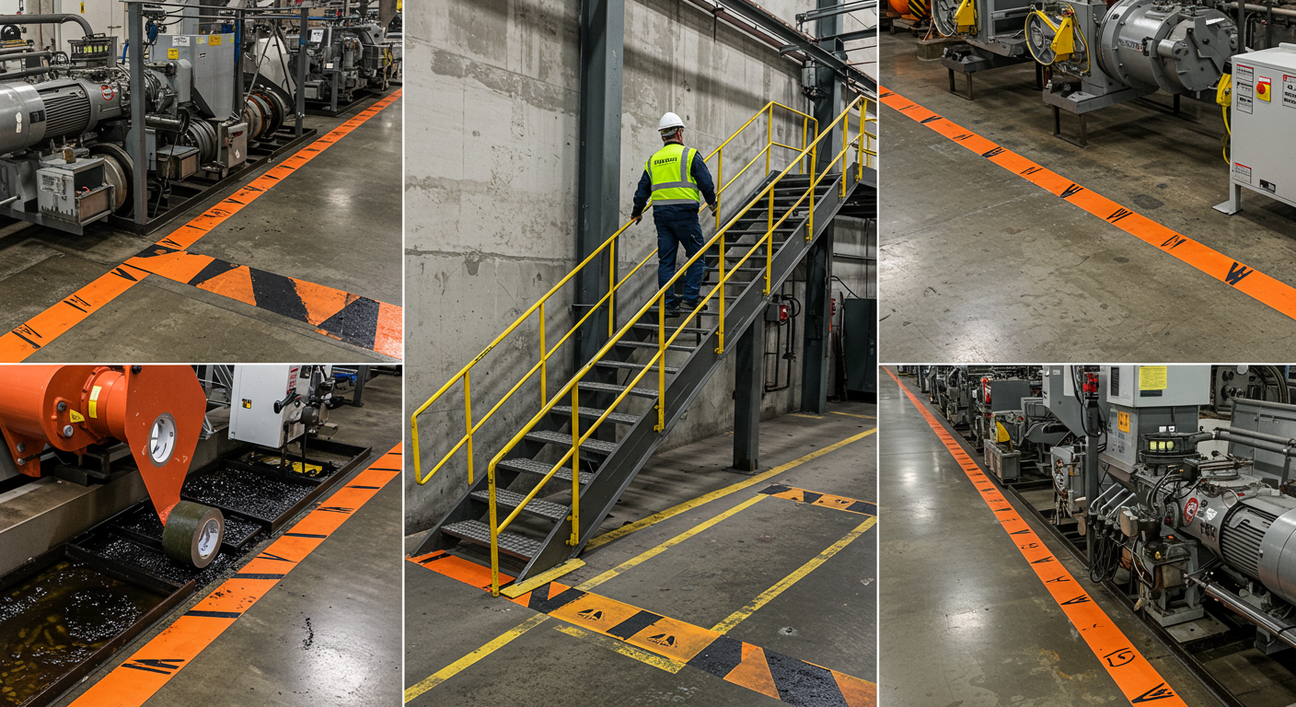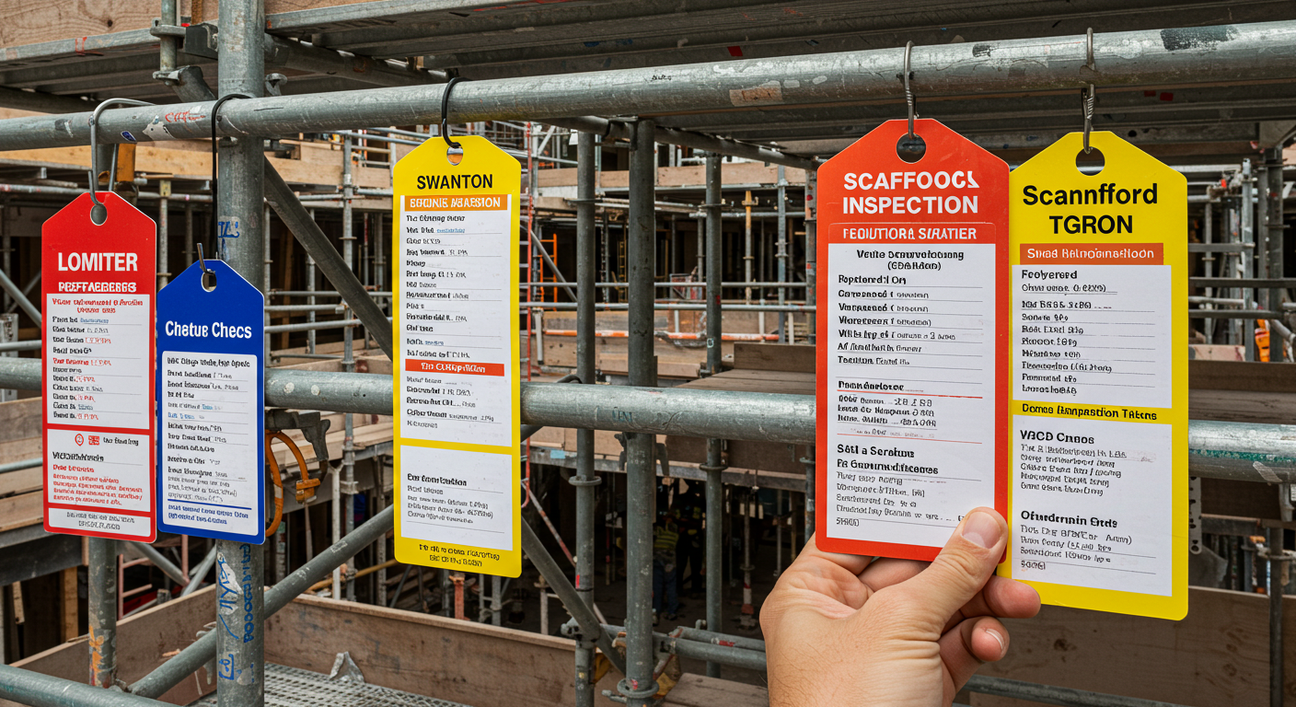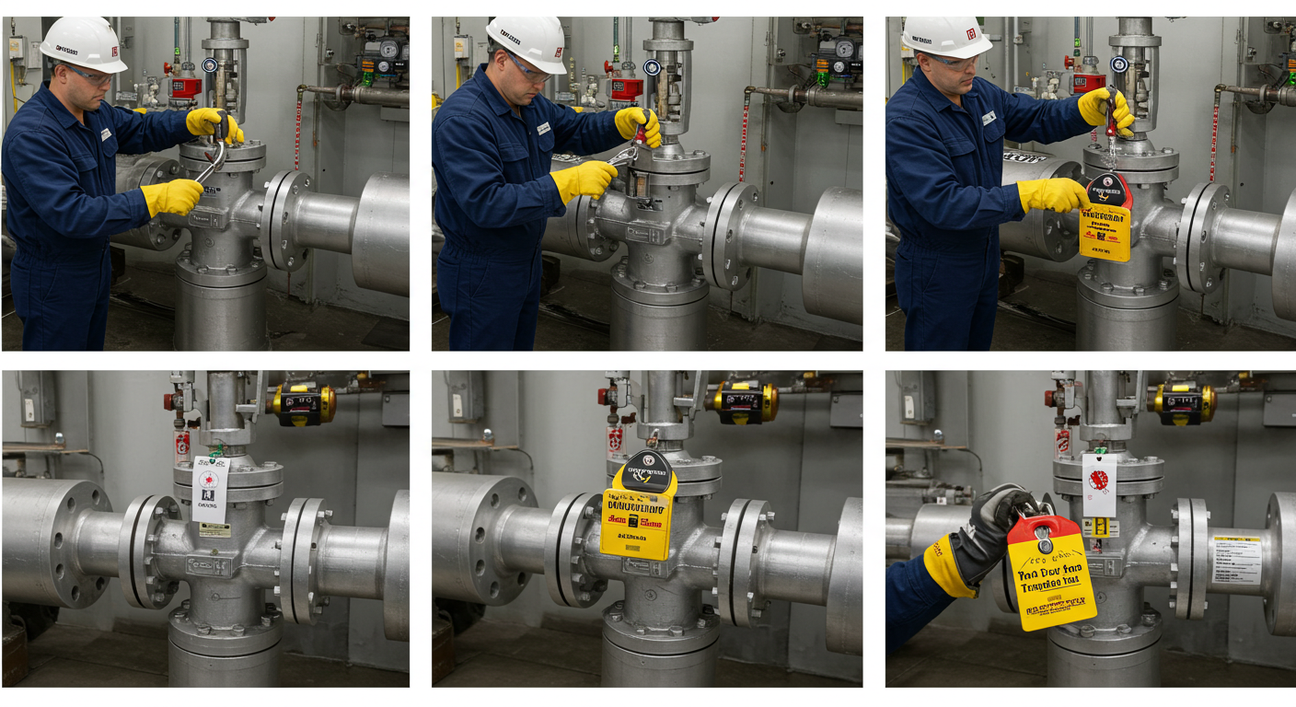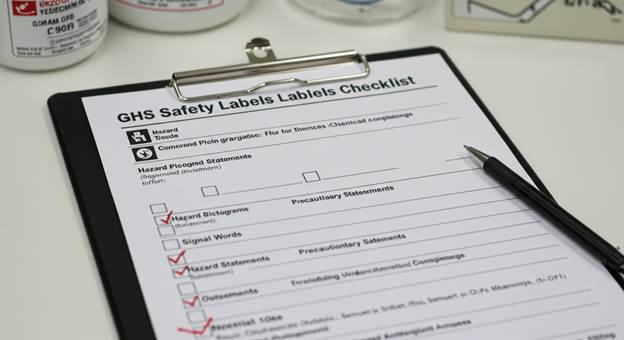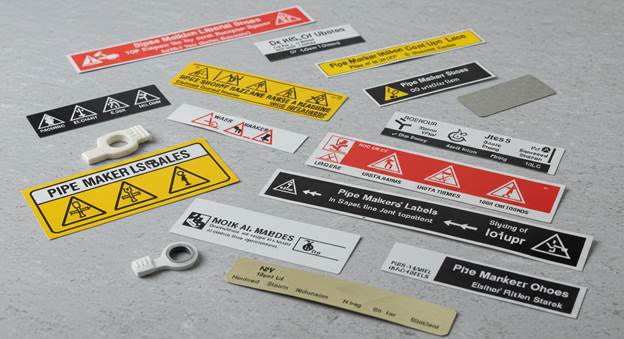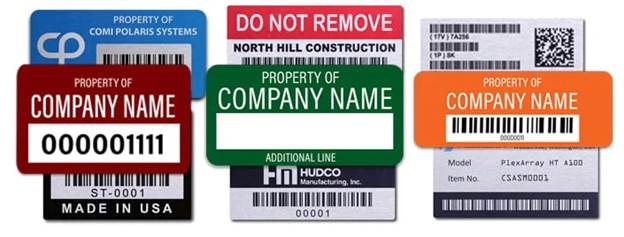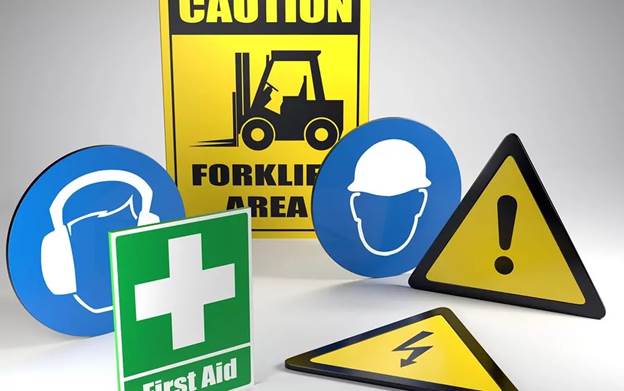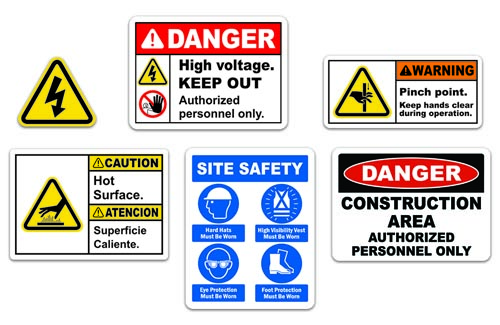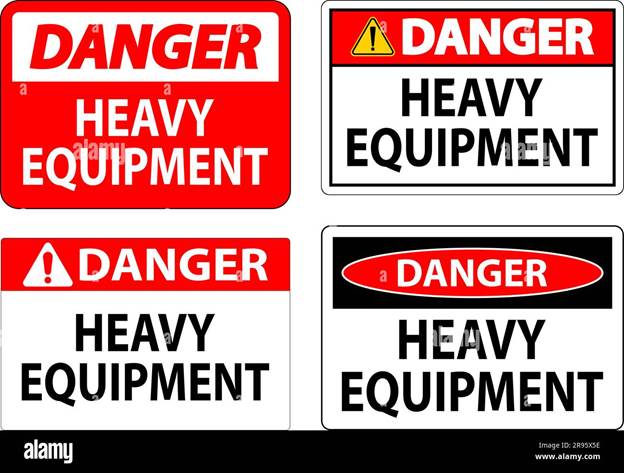Ammonia Pipe Marking Chart: Safety Made Simple
jIn industrial environments, clear communication is paramount—especially when it comes to hazardous materials. Ammonia, a common industrial chemical, can pose significant risks to workers and the surrounding environment. That’s where an Ammonia Pipe Marking Chart becomes essential. This simple yet effective visual tool helps identify ammonia pipes, providing both clarity and safety to those working in potentially dangerous areas.
In this blog, we’ll walk through why the Ammonia Pipe Marking Chart is an indispensable safety tool, how to interpret it, and how you can implement it effectively within your own facility.
1. Introduction: Why Ammonia Pipe Marking Matters
Ammonia is widely used in industrial processes, such as refrigeration and manufacturing, but it can be hazardous if mishandled. An Ammonia Pipe Marking Chart ensures that everyone in your facility knows the exact locations of ammonia pipes, reducing the risk of accidents.
By using this chart, employees can quickly identify which pipes contain ammonia and avoid mistakes that could lead to safety violations, leaks, or hazardous exposures. When combined with other safety measures, a well-marked ammonia pipe system can significantly improve workplace safety and compliance.
2. What Is an Ammonia Pipe Marking Chart?
An Ammonia Pipe Marking Chart is a visual tool used to identify pipes carrying ammonia, usually through color-coding, labels, or markings. The chart typically lists the recommended colors for different types of pipes based on the material inside. It serves as a guide to help workers easily identify hazardous and non-hazardous pipes, ensuring the correct protocols are followed.
The color coding can vary depending on local regulations or industry standards, but the general idea remains the same: to make pipe identification straightforward and effective in reducing potential dangers.
3. Key Color Codes and Their Meanings
Understanding the Ammonia Pipe Marking Chart involves knowing what the colors mean. Here are some of the standard color codes used in ammonia pipe marking:
-
Yellow: This color typically indicates caution or a potential hazard. It is used for pipes carrying ammonia gas or liquid.
-
Red: Red is used for hazardous materials that pose immediate threats. This is often used for ammonia pipes that are under high pressure or contain more concentrated ammonia.
-
Green: Green is used to denote safe substances, but in the context of ammonia systems, it may be used for pipes containing non-toxic fluids that may accompany the ammonia process.
-
Blue: Blue represents pipes carrying potable water, which is often used in cooling systems alongside ammonia.
The Ammonia Pipe Marking Chart serves as a guide to ensure these color codes are consistent across your facility.
4. Safety Standards and Industry Compliance
Adhering to a standardize Ammonia Pipe Marking Chart is crucial not just for safety, but also for compliance with local and international standards. In the U.S., the Occupational Safety and Health Administration (OSHA) has specific guidelines for marking pipes carrying hazardous materials like ammonia. Similarly, the National Fire Protection Association (NFPA) has standards for labeling pipes in industrial settings.
Implementing an accurate Ammonia Pipe Marking Chart ensures d that your facility stays compliant with these regulations, thereby avoiding costly fines and ensuring the safety of your workers.
5. Common Applications in Industrial Settings
Ammonia is used in various industrial applications, including refrigeration, agriculture, and chemical production. Whether in a cold storage facility or a manufacturing plant, ammonia pipes are essential in keeping operations running smoothly.
Here are some common scenarios where an Ammonia Pipe Marking Chart is applied:
-
Refrigeration systems: In cold storage warehouses and facilities, ammonia is often used as a refrigerant. Properly marked ammonia pipes are essential to prevent accidents during maintenance or repairs.
-
Agricultural facilities: Ammonia is used in fertilizers and livestock facilities. Color-coded pipes help workers easily identify ammonia sources, preventing cross-contamination.
-
Chemical plants: In chemical processing plants, ammonia may be used in various reactions. A properly marked pipe system helps mitigate the risk of exposure during routine operations.
No matter the industry, the Ammonia Pipe Marking Chart is an essential tool to make sure employees know which pipes to avoid and which ones require special handling.
6. Mistakes to Avoid with Pipe Marking
While it’s easy to assume that marking pipes is a simple task, there are a few common mistakes that can undermine the effectiveness of your marking system:
-
Inconsistent color coding: The Ammonia Pipe Marking Chart should be applied uniformly across the facility. Inconsistent color coding can lead to confusion, which increases the risk of accidents.
-
Neglecting to update markings: Over time, pipes may be relocated, and safety standards may change. It’s crucial to regularly update markings to reflect these changes and ensure continued safety.
-
Using incorrect materials: The materials used for marking pipes must be durable and resistant to industrial conditions. Be sure to use high-quality, weather-resistant labels and paints.
By avoiding these mistakes and adhering to a structured Ammonia Pipe Marking Chart, you can maintain a safer work environment.
7. Archford’s Role in Industrial Safety Solutions
For businesses seeking to implement a professional and reliable ammonia pipe marking system, Archford offers high-quality solutions tailored to your needs. With products designed for durability and long-lasting performance, Archford ensures that safety is never compromised.
Their Ammonia Pipe Marking Chart solutions are perfect for industrial settings that require both compliance and efficiency. From ammonia pipe markers to signage, Archford provides everything you need to keep your facility safe and compliant with industry standards.
To learn more about how Archford can help, visit their Ammonia Pipe Marking Chart page.
8. Where to Access a Reliable Ammonia Pipe Marking Chart
If you’re looking to get started with your own Ammonia Pipe Marking Chart, Archford is your go-to source for accurate, high-quality materials. Whether you’re marking pipes in a new facility or retrofitting an existing one, Archford offers products that meet the highest safety standards.
Visit the Archford to access detailed guides, downloadable charts, and industry-specific marking solutions. Their extensive range of industrial products will ensure your facility remains compliant and safe.
9. Step-by-Step Guide to Implementing Pipe Marking
To ensure successful pipe marking implementation, follow these simple steps:
-
Select the right materials: Choose durable materials that can withstand the environment and industrial wear.
-
Use the standard color codes: Refer to the Ammonia Pipe Marking Chart for guidance on proper color coding.
-
Apply markings clearly: Ensure that all pipes are marked according to the system, with clear visibility for workers.
-
Regularly inspect and update: Markings should be checked regularly to ensure they remain visible and compliant with industry standards.
A solid marking system helps workers quickly identify potential risks, improving overall safety.
Explore More: Essential Guides for Workplace Efficiency and Safety
|
Guide |
|
|
5S Colour Code Chart: Visual Standards for Safety |
|
|
Ammonia Pipe Marking Chart: Identification & Safety |
|
|
Floor Marking Guide: Organize Your Facility Clearly |
|
|
Fixed Asset Management Guide: Track & Maintain Assets |
|
|
Social Distancing Reference Guide: Workplace Safety |
|
|
Facility Visual Communication Checklist Guide: Ensure Compliance |
|
|
Total Productive Maintenance Guide: Boost Efficiency |
10. Final Thoughts
Implementing an Ammonia Pipe Marking Chart is a simple yet effective way to improve safety and reduce risks in your facility. By using color codes and following industry standards, you can ensure that workers understand the hazards around them and act accordingly.
Remember, a well-marked ammonia pipe system is not just a regulatory requirement—it’s a commitment to the safety and well-being of your employees. For reliable marking products and solutions, look no further than Archford, your partner in industrial safety.
FAQs About Ammonia Pipe Marking Charts
1. Why is ammonia pipe marking so important?
It helps prevent accidents and ensures workers can quickly identify ammonia pipes, reducing exposure to hazardous materials.
2. Where can I find a reliable ammonia pipe marking chart?
You can visit the Archford website to download a professional ammonia pipe marking chart.
3. What colors are used for ammonia pipes?
Typically, yellow is used for ammonia pipes, with red used for high-risk or pressurized ammonia pipes.
4. Can ammonia pipe marking help with industry compliance?
Yes, following a standard Ammonia Pipe Marking Chart ensures compliance with safety regulations such as OSHA and NFPA standards.
5. What if my pipes need to be updated or relocated?
It’s important to update your pipe markings to reflect any changes. Regular inspections will help maintain accurate and safe markings.

